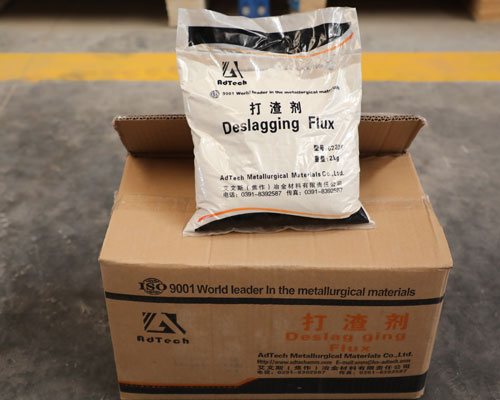Adsorption refining of molten aluminium refers to the direct contact between aluminum melt and adsorbent (such as various gas, liquid and solid refining agents and ceramic foam filter media), so that the adsorbent and the gas and solid non-metallic inclusions in the melt have physical-chemical, physical or mechanical effects, so as to achieve the purpose of degassing and slag removal. The degree of melt degumming depends on the contact conditions, that is, the contact area between the melt and adsorbent, the contact duration and the contact surface state.
Adsorption refining of molten aluminium includes: blowing refining, chlorine salt refining, flux refining, melt filtration, etc. In the aspect of degassing, the degassing mechanism of adsorption refining mainly uses the law of gas partial pressure and the degassing of compounds formed with hydrogen. In the aspect of slag removal, it mainly includes adsorption, dissolution, combination and filtration. When active refining agent is used, it can also remove metal impurities such as sodium, calcium, magnesium and lithium which are more active than aluminum. Adsorption refining is the most widely used refining method in aluminum industry.

Non adsorption refining of molten aluminium is a method that changes the equilibrium state of metal gas system or metal inclusion system through some physical action without adding adsorbent into the melt, so as to separate gas and solid non-metallic inclusions from aluminum melt. Non adsorption refining can refine all aluminum melt, and its refining effect depends on the external conditions of breaking the equilibrium and the movement characteristics of aluminum melt with inclusions and gases.
Non adsorption refining includes: static treatment, vacuum treatment, ultrasonic treatment, pre solidification treatment, electromagnetic separation, etc. In addition, the main effect of high-frequency and high-frequency on the mechanism of gas adsorption and gas removal in the molten slag is the mechanism of high-frequency gas adsorption and the utilization of high-frequency cavitation in the purification of molten slag.

